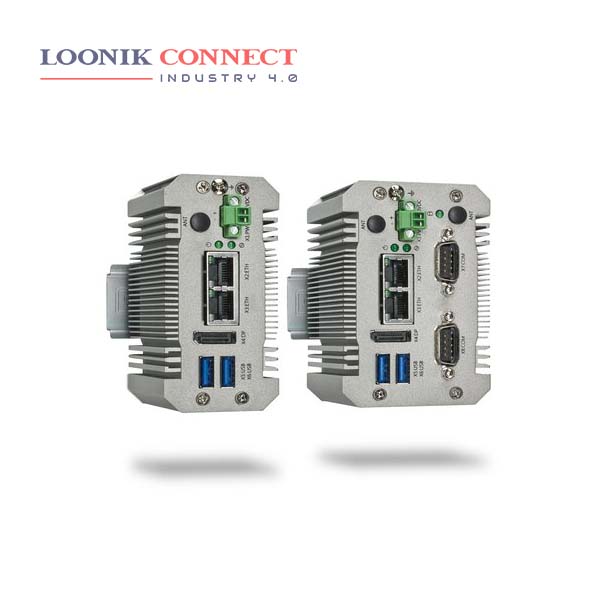Edge computing is an emerging computing paradigm which refers to a range of networks and devices at or near the user. Edge is about processing data closer to where it’s being generated, enabling processing at greater speeds and volumes, leading to greater action-led results in real time. The main goal of edge computing is to reduce latency requirements while processing data and saving network costs.
Edge computing is a local source of processing and storage for the data and computing needs of IoT devices, which reduces the latency of communication between IoT devices and the central IT networks those devices are connected to. Edge computing can enable more effective city traffic management. Examples of this include optimising bus frequency given fluctuations in demand, managing the opening and closing of extra lanes, and, in future, managing autonomous car flows.
In conclusion, the future of edge computing is bright, with increased adoption, improved performance, IoT integration, and increased security. Edge computing will continue to play a crucial role in processing and analyzing data, allowing businesses to make informed decisions in real-time. Putting compute at the edge allows companies to improve how they manage and use physical assets and create new interactive, human experiences. Some examples of edge use cases include self-driving cars, autonomous robots, smart equipment data and automated retail.










